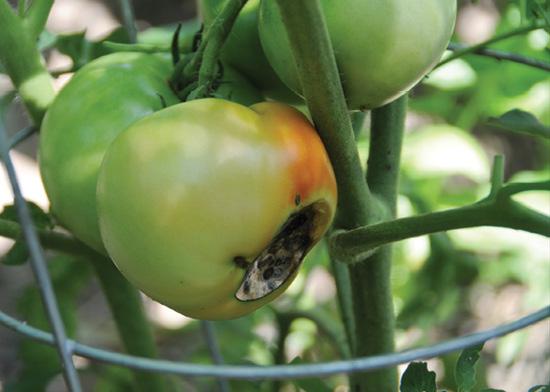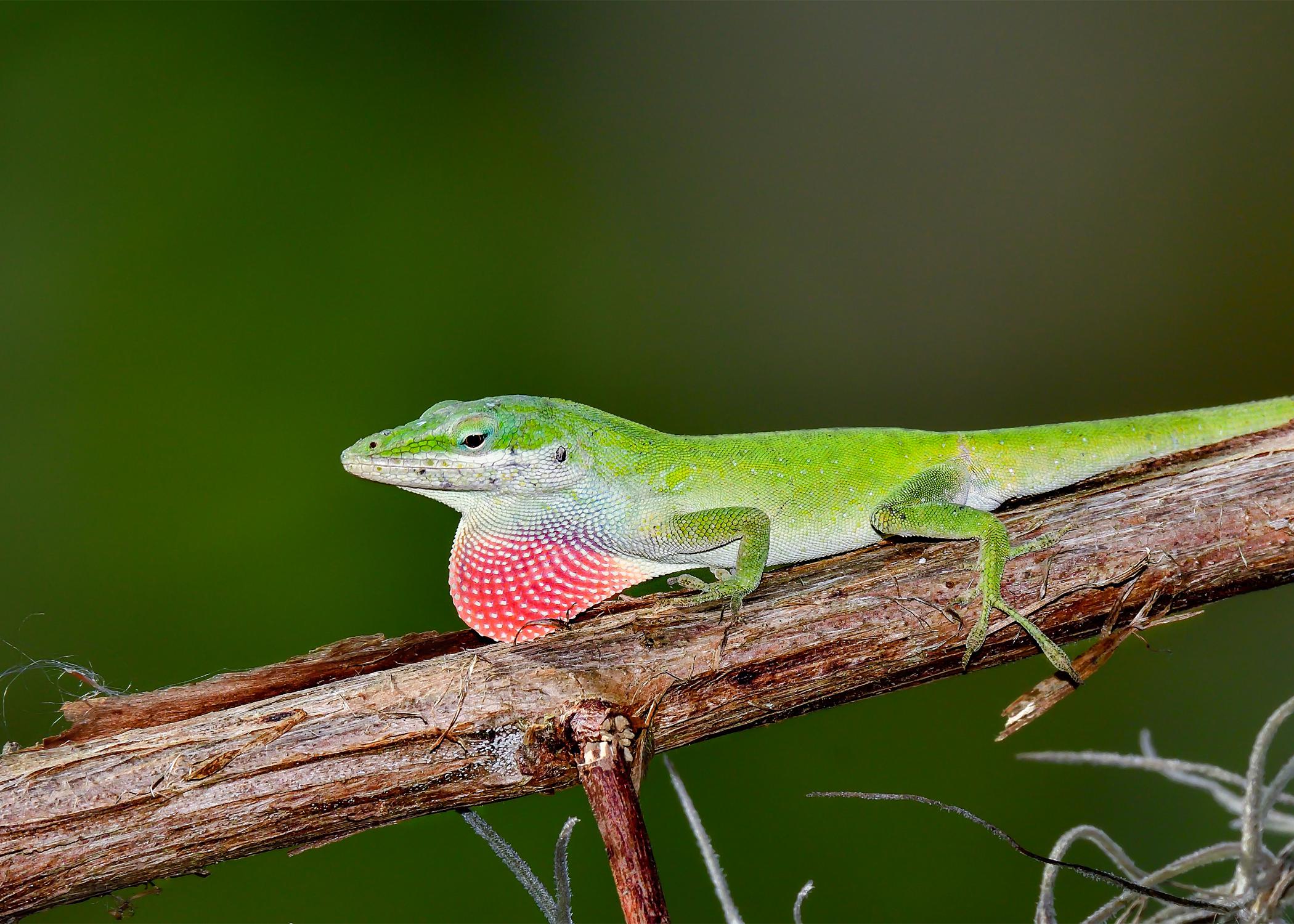How to Grow a Cut Flower Garden

Cut flower gardens can provide seasons of fresh flowers with a plan and some gardening effort. Photo by: stock.adobe.com
Do you enjoy having cut flowers around the house? With the right preparation and some gardening labor, you can harvest your own blossoms just outside the back door.
Growing a cut flower garden is a step-by-step process.
- Choose the site. Note the amount of sun the area gets because flowering plants need six or more hours of sunlight per day to produce. It’s also important to do a soil test to make sure the plants will have the nutrients they need to produce excellent flowers.
- Choose the flowers. There are many flowers that make great cut flowers, including sunflowers, celosia, coneflowers, dahlias, cosmos, salvia, snapdragons, baby’s breath, and zinnias. Choose flowers of various shapes and sizes to provide variety in your floral arrangements. Decide whether you will use seeds or transplants. Staggering plantings of flowers that bloom only once can ensure you have a continuous supply throughout the growing season. This is called succession planting, and it is the way professional flower growers ensure a longer harvest of flowers throughout the season.
- Maintain the flowers. Water regularly, apply fertilizer, and control weeds. You can water by hand but consider using soaker hoses or drip systems. They keep the soil moist while keeping the foliage dry, reducing leaf diseases. Most flower species prefer a soil pH between 6.0 and 7.5. Again, a soil test can help determine if fertilizer is needed and what type you should apply. Mulch can help suppress weeds and maintain soil moisture.
- Harvest the flowers. Harvest in the coolest part of the day and cut the stems longer than you will need. Use the right tools to ensure your safety and the longevity of your flowers. A floral knife, pruners, and multi-purpose shears and snips will all come in handy when gathering cut flowers and other materials from the yard for your bouquets. There is a learning curve to use a floral knife. You can learn the proper method in Extension Publication 3121, “Using a Knife to Cut Fresh Flowers.”
- Don’t forget the foliage. Ferns, ornamental grasses, coleuses, dusty millers, ornamental kale, tree branches, and herbs, like basil and dill, make great filler for arrangements.
Ready to arrange your flowers? Fresh flower food will help your flowers last longer. These solutions contain a carbohydrate, citric acid, and a biocide. The carbohydrate is a sugar that provides energy. Citric acid helps the flower take up the water solution and slows the growth of bacteria. The biocide helps keep bacteria in check. Flower food is available commercially at craft or floral stores and online retailers.
Cut flower gardens aren’t just for summer. In Mississippi, you can grow cut flowers for most of the year. Extension Publication 1826, “Annual and Perennial Flowers for Mississippi Gardens,” offers annual and perennial plant suggestions for the flower garden along with information on how to establish and maintain them.
If you are nervous about choosing a mix of plants on your own, seed mixes and cut-flower garden seed kits are available from various garden centers and retailers.
Other publications that can help you successfully grow and display your cut flowers include:
- Extension Publication 3251, “Floral Design with Sunflowers and Zinnias”
- Extension Publication 3226, “Cut Ornamental Floral Design Materials South Mississippi”
- Extension Publication 3853, “The Professional Florist’s Manual for the Care and Handling of Fresh-Cut Flowers and Foliage” This publication contains helpful information helpful for anyone who wants to learn how to care for fresh-cut flowers and foliage.
If you would like professional instruction in floral design, Extension horticulture specialist Jim DelPrince teaches a variety of courses for the professional and enthusiast. Check out the available classes and register now!
Subscribe to Extension for Real Life
Fill in the information below to receive a weekly update of our blog posts.









